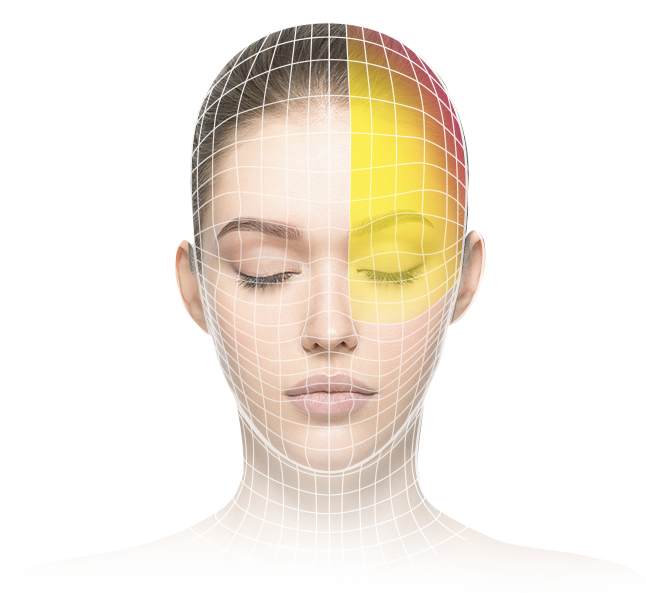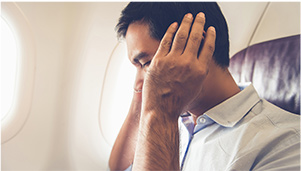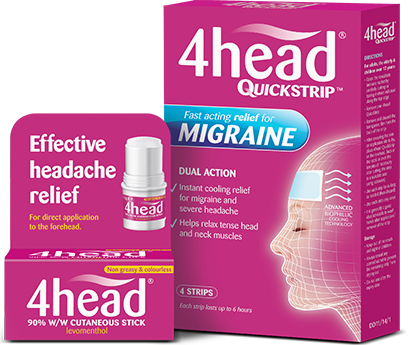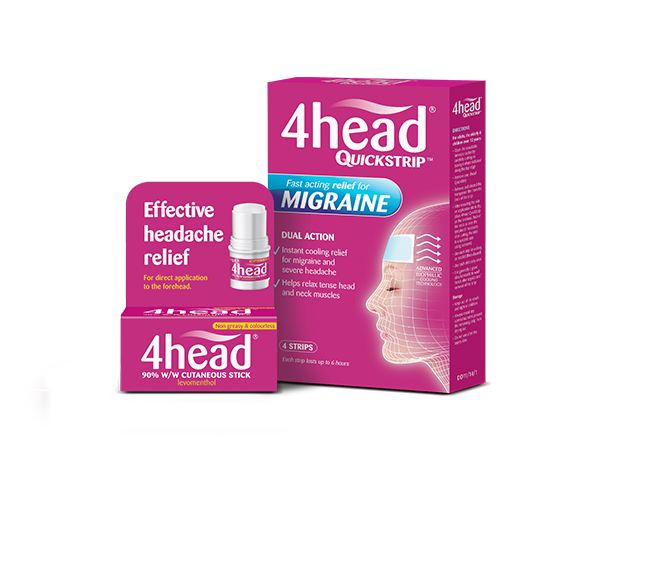A migraine is an intense, throbbing headache, often only occurring on the front or one side of the head. Other symptoms may include nausea, vomiting and increased sensitivity to light or sound.
A migraine is an intense, throbbing headache, often only on the front or side of the head. Sufferers usually want to rest and keep still, preferably in a quiet, darkened room.
Migraines affect up to 15% of the world with women being three times more likely to get them.1,2 An attack can last from 4 hours to 72 hours and sufferers may feel drained for a couple of days after that. A migraine sufferer can experience an average of 13 attacks a year, but this can vary from person to person. Sufferers are symptom-free between attacks.
1 Steiner TJ et al. Migraine: the seventh disabler. The Journal of Headache and Pain 2013, 14:1.
2 World Health Organization. Atlas of headache disorders and resources in the world 2011.

There are so many different triggers that cause a migraine that it is impossible to list them all. The triggers listed here are those most frequently reported by sufferers and are divided into three groups: food triggers, environmental triggers and physiological triggers.




Sometimes accompanied by nausea and/or vomiting and increased sensitivity to light, sound and smell

Often made worse by movement

4 to 72 hours in length

Sometimes accompanied by visual disturbances such as blind spots or flashing lights
When it comes to migraines, it is vital that you learn what the triggers are and how to avoid them. These triggers will vary from person to person. Unfortunately the trigger is not always clear or is sometimes impossible to avoid. In this case, resting in a dark, cool room can help lessen the severity of the symptoms. 4head QuickStrip is specially formulated to provide instant cooling relief from the pain of migraine. It is applied at the point of pain and helps to relax tense head and neck muscles. A cool pack placed over the eyes and forehead may also help. There are also several migraine medicines that are available both over-the-counter and through your GP.
Please consult your GP before taking any medication for your migraine.


4head is an alternative way to relieve headaches.
4Head range